Deck & Commander Strategies
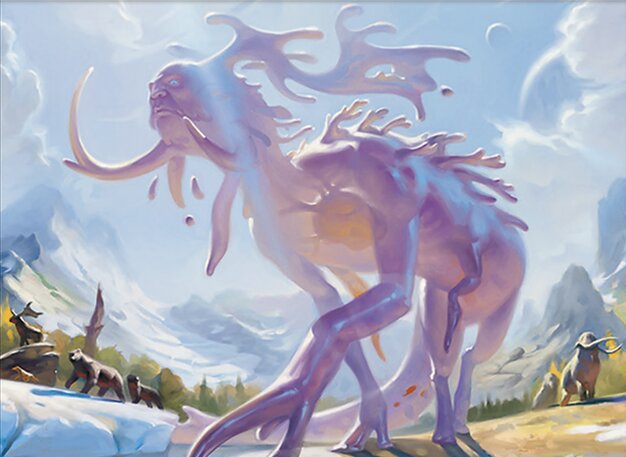
Morophon, the Boundless
A five-color tribal strategy focused on Eldrazi and devoid creatures, aiming to reduce casting costs and deploy large, impactful Eldrazi threats quickly to overwhelm opponents.
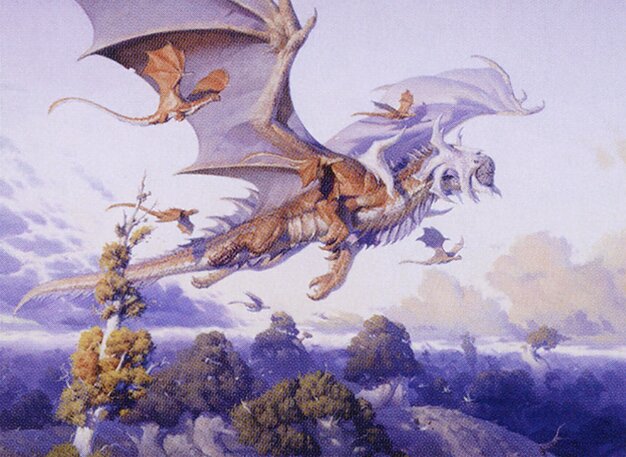
Rith, Liberated Primeval
A midrange stompy deck that leverages big green creatures, combat damage, and burn effects to maintain tempo and pressure opponents through aggressive combat and removal.

Tyvar, the Pummeler
An elfball deck that ramps quickly by playing elves one after another, building a wide board that can be finished off with effects similar to Craterhoof Behemoth, focusing on overwhelming opponents with sheer number of creatures.
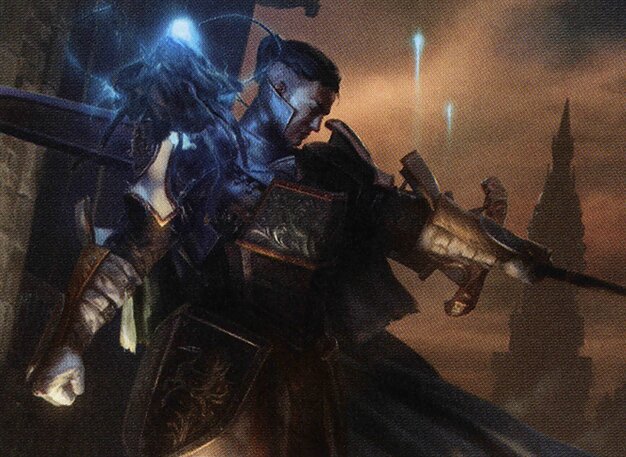
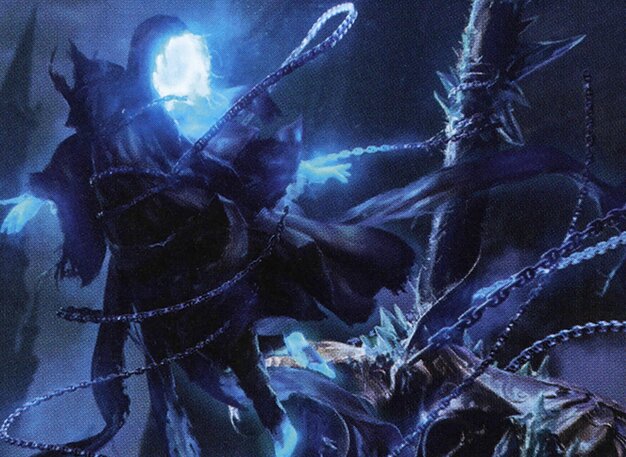
Rhoda, Geist Avenger and Timin, Youthful Geist
A Voltron and control hybrid that utilizes the disturb mechanic to transform creatures into enchantments, buffing the commander and other creatures while tapping down opponents' permanents to maintain board control and political leverage.
Gameplay Insights
- 1
Using Layline of the Void early to exile cards from all graveyards, effectively shutting down the Rhoda and Timin deck's disturb recursion and limiting graveyard interactions for all players.
- 2
Morophon player capitalizes on devoid and cost reduction effects to chain out large Eldrazi efficiently, creating a significant board presence that demands attention.
- 3
Rith’s player leverages midrange threats combined with burn-style damage triggers from creatures like Sarin and Ceiling to control the board and pressure opponents.
- 4
Tyvar’s elfball strategy focuses on continuous ramp and token generation but remains cautious of potential board wipes that could cripple the wide board.
- 5
Rhoda and Timin’s deck relies on tapping down opponents’ creatures and enchantments gained through disturb to buff their commander, showcasing a niche but versatile Voltron approach.
- 6
The use of Rogue's Passage to enable commander attacks illustrates strategic positioning to bypass blockers and deliver key damage.
- 7
Ancient Stirrings and other ramp spells provide critical mana acceleration, especially important for Morophon and Rith to cast their high-cost threats early.
Notable Cards
-
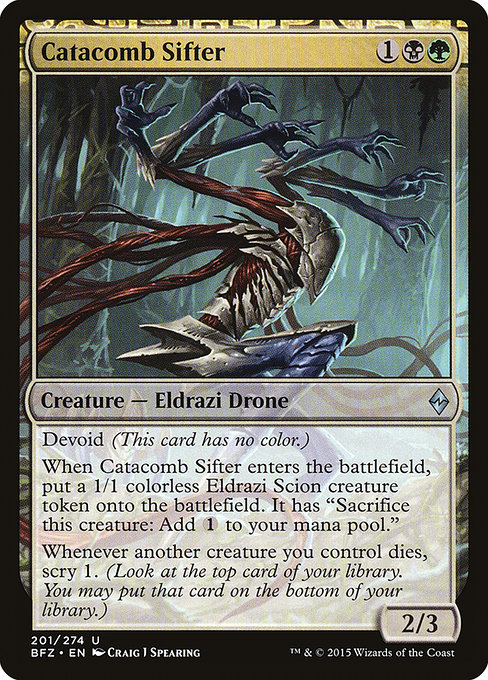
Catacomb Sifter
-
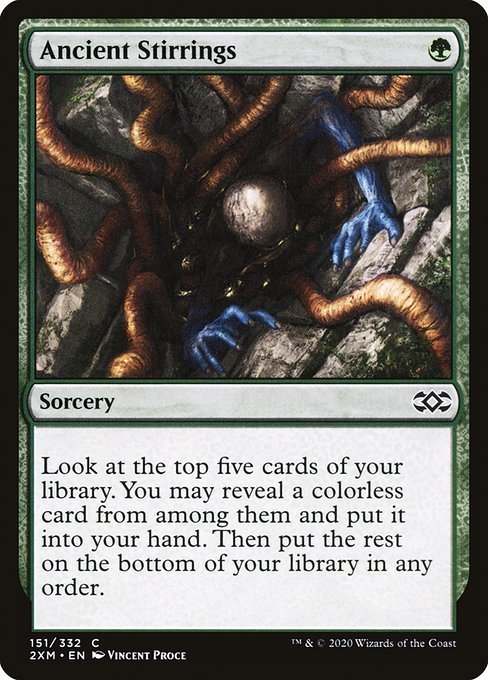
Ancient Stirrings
-
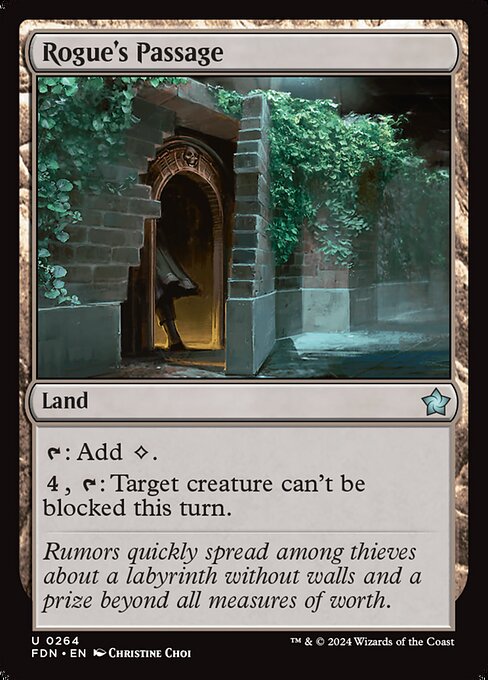
Rogue's Passage
-
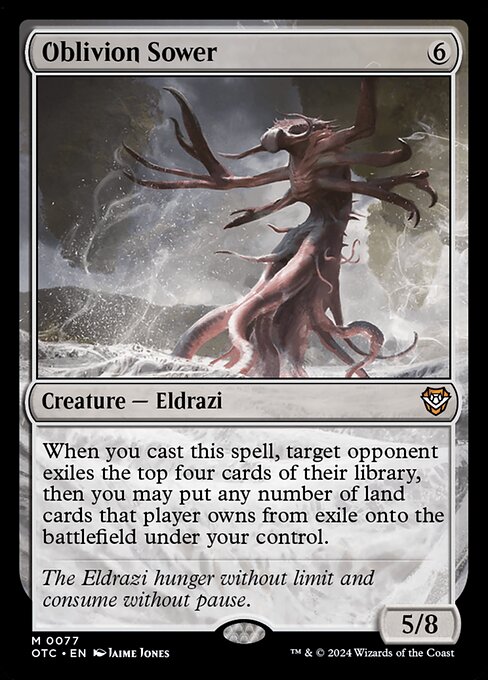
Oblivion Sower
Gameplay Summary
The game features a dynamic four-player Commander match where each player pilots a distinct tribal or synergy-focused deck.
Early turns involve setting up mana bases and deploying early ramp and creatures to establish board presence.
The Morophon player focuses on assembling a colorless Eldrazi-heavy strategy, leveraging devoid and cost-reduction mechanics to cast massive Eldrazi threats efficiently.
Meanwhile, the Rith deck pursues a midrange stompy approach, emphasizing aggressive combat and burn effects to dominate the battlefield.
The Tyvar player attempts an elfball strategy, rapidly developing a wide board of elves to overwhelm opponents, while the Rhoda and Timin deck utilizes disturb mechanics and enchantments to build a Voltron-style commander with incremental buffs and control elements through tapping and political gameplay. As the game unfolds, key turning points include Morophon’s deployment of Eldrazi tokens and synergy creatures that enhance its board-wide power, while Rith pressures opponents with combat damage and removal.
Tyvar’s elf swarm threatens to break out with potential crater hoof style finishers, though the player remains cautious of board wipes.
Rhoda and Timin’s strategy relies on disrupting opponents’ boards and gradually strengthening their commander through enchantments cast from the graveyard via disturb, creating an evolving threat.
Tactical plays such as using Rogues Passage to enable commander attacks, exile effects to counter graveyard recursion, and selective damage through enchantment triggers shape the game’s tempo.
The match hinges on which player can stabilize their board and capitalize on their tribal synergies to eliminate opponents, with Morophon’s Eldrazi and Rith’s stompy beats standing out as major threats.




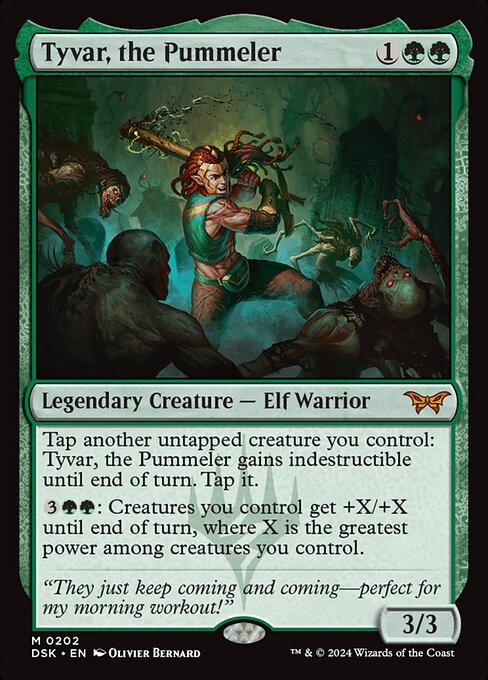

















![Commander VS S17E1: Morophon VS Morophon VS Morophon VS Morophon [EDH] thumbnail](https://i.ytimg.com/vi/bQzmdL_CpPE/sddefault.jpg)







